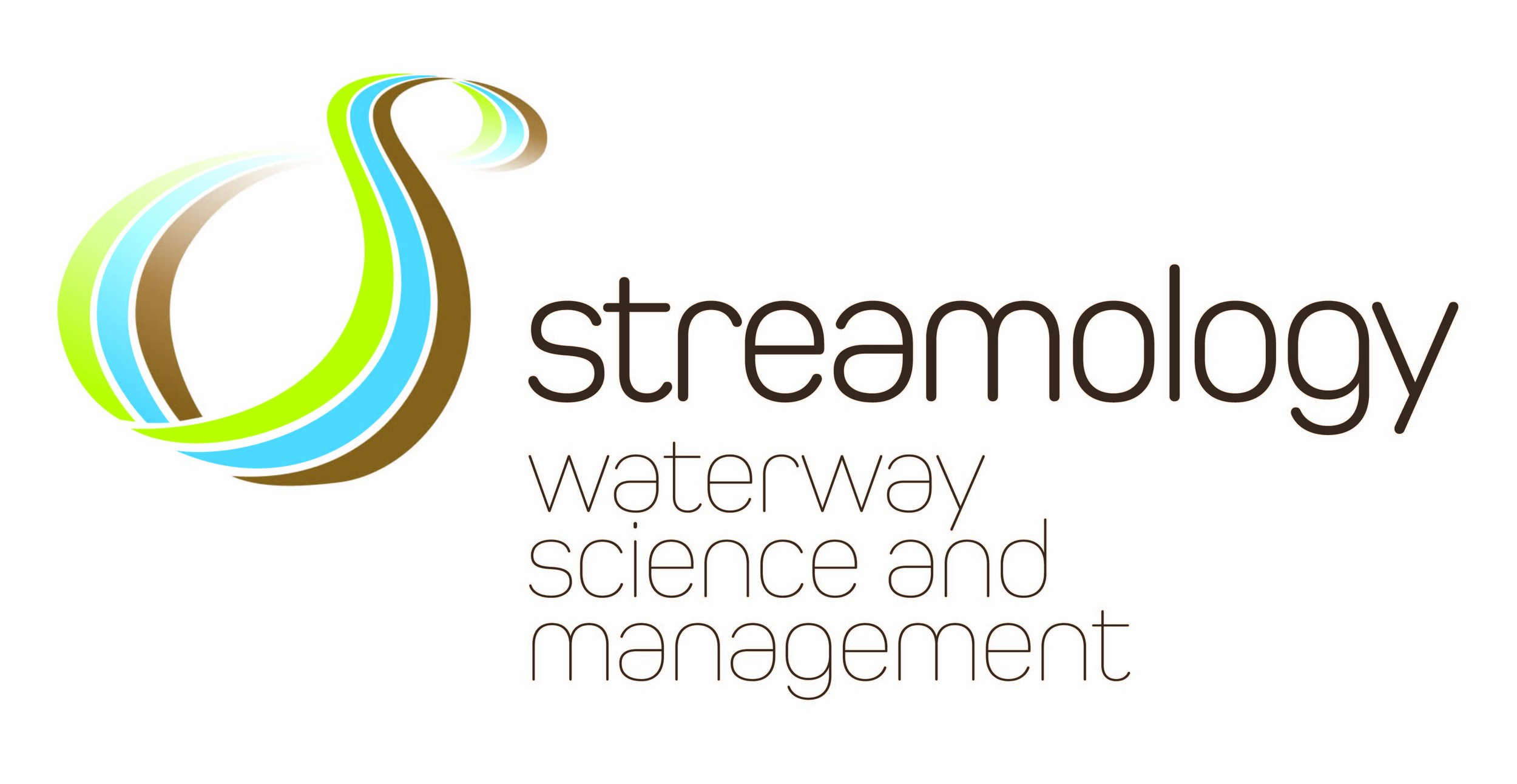Making the case for alternative water as an environmental water source
We developed a method to quantify waterway health benefits from increased environmental flow compliance through the use of alternative water sources. This innovation is a new idea and a repeatable and defensible method, tested on the Werribee River, to quantify benefits for economic calculations.
Panoramic photo of the Werribee River
Climate change, urbanisation and water extraction are the greatest stressors faced by our waterways. The sustainable management of waterways requires opportunities to address the extreme ends of streamflow that we are seeing now, and will increasingly see into the future. Without an alternative water source Melbourne Water cannot meet the objectives of the Healthy Waterways Strategy (HWS). Increased environmental flows are required with a desire to increase the environmental water reserve by 7 GL by 2028. With the declines in overall water availability and the need to increase environmental flows to support ecological values, seeking new and innovative approaches to meeting shortfalls is imperative. However, new and innovative approaches, which may carry risk, require tools to weigh benefits against risks, a need which this project has addressed.
The purpose of this project was to develop a values-based, repeatable, and defensible method to quantify waterway health benefits from increased environmental flow compliance through the use of alternative water sources. This method was applied to the Werribee River system to test if it can provide a quantifiable way of describing the waterway health benefits of alternative water for important ecological values which can be used in willingness-to-pay calculations. The method was applied to three potential future alternative water scenarios which were identified as opportunities within the Werribee River system.
To quantify the ecological benefits of providing additional environmental water from alternative water sources, the links between hydrology and ecology needed to be conceptualised, and made explicit. The method takes the innovative and multi-award winning Urban Streamflow Impact Assessment (USIA) a step further and makes it specifically applicable to alternative water solutions and environmental water. The approach links values (in this case those for Melbourne Water’s waterways) to the hydrologic regime through specific flow metrics such as the timing, magnitude, or duration of particular flow components. These metrics are the elements of the hydrologic and hydraulic regime which have direct impacts on aquatic habitats. Through this understanding of impacts on habitat conditions, likely effects on ecological values which rely on these habitats can be articulated. Linking these elements allowed us to develop a method to quantify the relative benefits of different flow supplementation options which can be applied to other waterways.
Schematic overview of the general approach for quantifying ecological benefit
Linking our actions in catchments to the health of our waterways, and informing changes, is critical to our waterway future. These recommendations, however, must compete with multiple demands from our catchments, including development that often leads to excess runoff (too much streamflow) and extraction leading to too little (not enough streamflow). Add to this climate change to exacerbate both ends. Therefore, to make changes to development and water management (e.g. stormwater, recycled water) requires demonstration of the benefits. Explicit linkages and quantification of the reasoning is required (i.e. a solid business case for protecting our waterways). These linkages have rarely been possible in urban (and particularly greenfield settings), until now.
This innovative idea, for the use of recycled water to provide environmental flows, and the innovative method to demonstrate it, will make a significant contribution to decision making and influencing catchment management throughout the Melbourne Water region. The method is also applicable Australia-wide where these challenges are faced and alternative water supplies may be present.
The test case demonstrates the potential for sustainable management. The Werribee River is a highly modified system that is regulated to supply water for irrigation and town use. There are three reservoirs within the Werribee River system which capture flows to supply these uses. As a result of this regulation, natural flows have been modified with reversed seasonality of flows having a major impact on the environmental values of the system, particularly in the reaches downstream of the Melton Reservoir.


